If you've ever dreamed of experiencing a Christmas season
like no other, you need to put Iceland on your holiday travel list. While the
country's stunning landscapes and natural wonders are well-known, it's the
unique Christmas traditions that truly make Iceland special. At the heart of
these traditions are the enchanting figures known as the Yule Lads.
But where can you find these merry mischief makers during
your Icelandic adventure? Let's explore the whereabouts of the Yule Lads in
Iceland.
A Quick Introduction to the Yule Lads
Before we embark on our Yule Lad-hunting journey, let's get
to know these characters a bit better. The Yule Lads are thirteen mischievous
figures who visit Icelandic homes in the thirteen nights leading up to
Christmas. Each lad has their own distinct personality and habit. For instance:
Gully Gawk (Giljagaur): On December 13th, he hides in
gullies, eagerly waiting to raid cowsheds for milk.
Stubby (Stúfur): This short fellow appears on December 14th
and loves pan-fried crumbs. He'll steal leftovers from your pans if you're not
careful.
And there are ten more equally intriguing Yule Lads to meet.
Where Do the Yule Lads Reside?
Yuletide Abodes: The Yule Lads come from the mountains, and
their parents, Grýla the ogress and her cat, live in their cave deep in the
Icelandic wilderness. While you can't visit their fictional residence, you can
learn about their legendary abode and the folklore that surrounds them.
Everywhere in Iceland: The Yule Lads are not confined to one
specific location. They're known to roam all over the country. You can
encounter them in every corner of Iceland, from the capital city, Reykjavik, to
remote villages in the north, east, west, and south.
Icelandic Folklore: The Yule Lads aren't just a physical
presence in Iceland; they're a cherished part of the country's folklore and
traditions. Their stories are told and retold in homes, schools, and museums
across the nation.
In Your Heart: Finally, the Yule Lads reside in the hearts
of Icelanders. The traditions and customs associated with the Yule Lads are an
integral part of Icelandic culture, fostering a strong sense of community and
togetherness during the holiday season.
Encountering the Yule Lads
While you may not be able to visit a specific place to meet
the Yule Lads, you can immerse yourself in the magic of their stories and
customs throughout Iceland. Here are a few ways to do just that:
Museums and Cultural Centers: Explore museums and cultural
centers in Iceland, where you can learn more about the Yule Lads and their role
in Icelandic traditions.
Wrapping It Up
The Yule Lads are not limited to a single location; they're
a vibrant part of Icelandic culture, found everywhere in the hearts and stories
of the people. While you might not encounter them in the flesh, the magic they
bring to the holiday season in Iceland is very real. So, if you're planning a
winter getaway to this stunning Nordic island, don't forget to embrace the
enchanting world of the Yule Lads. It's a journey filled with stories, customs,
and the warmth of Icelandic holiday traditions.
Wishing you a wonderful and adventurous holiday season,
wherever you choose to celebrate it! 🎄🌟

.png)
.png)



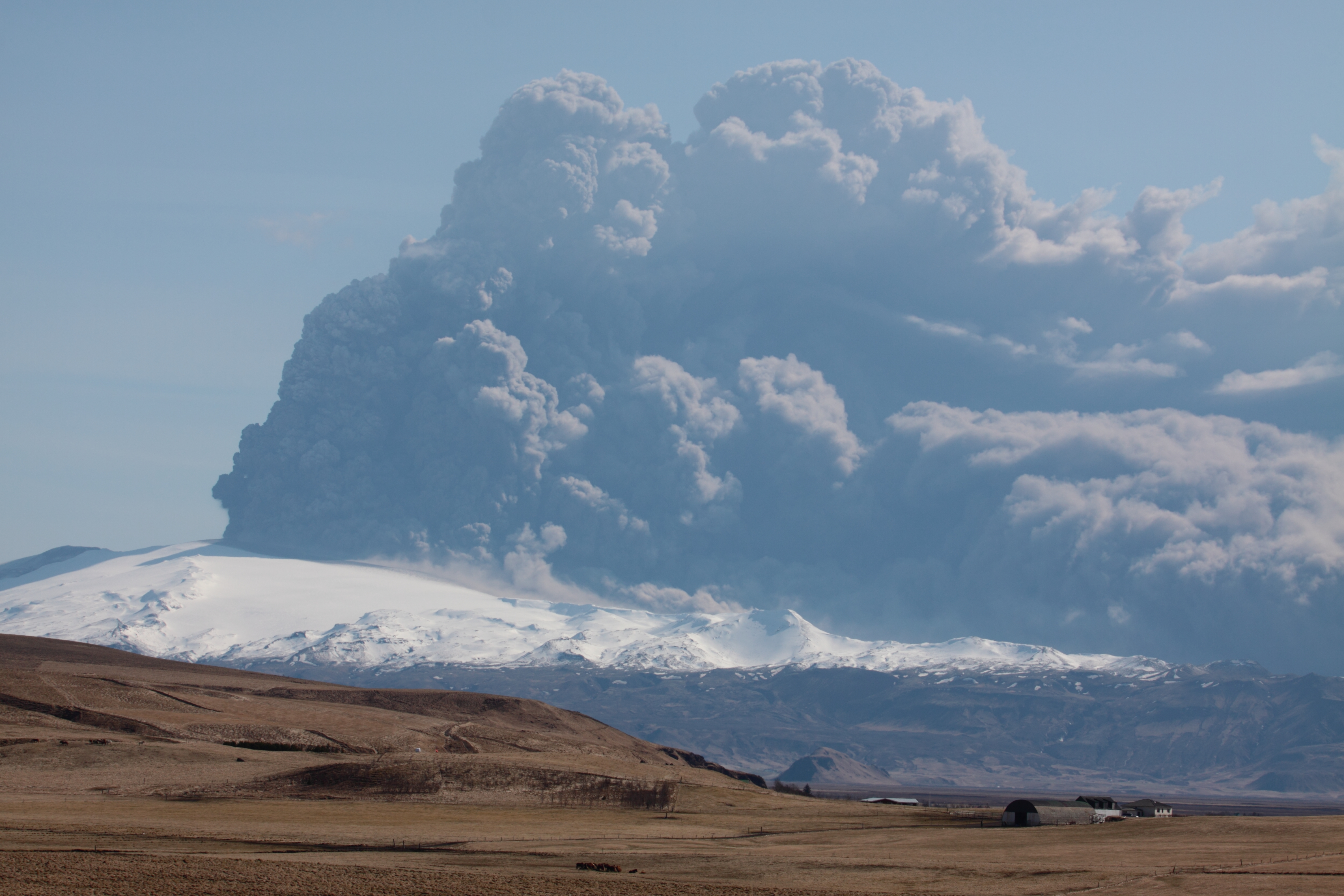



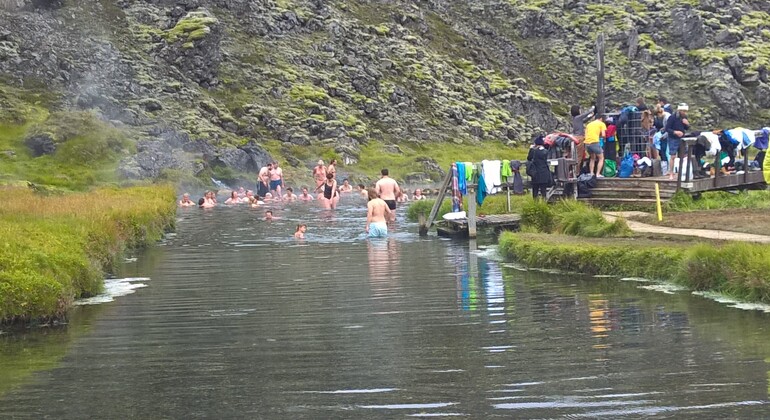
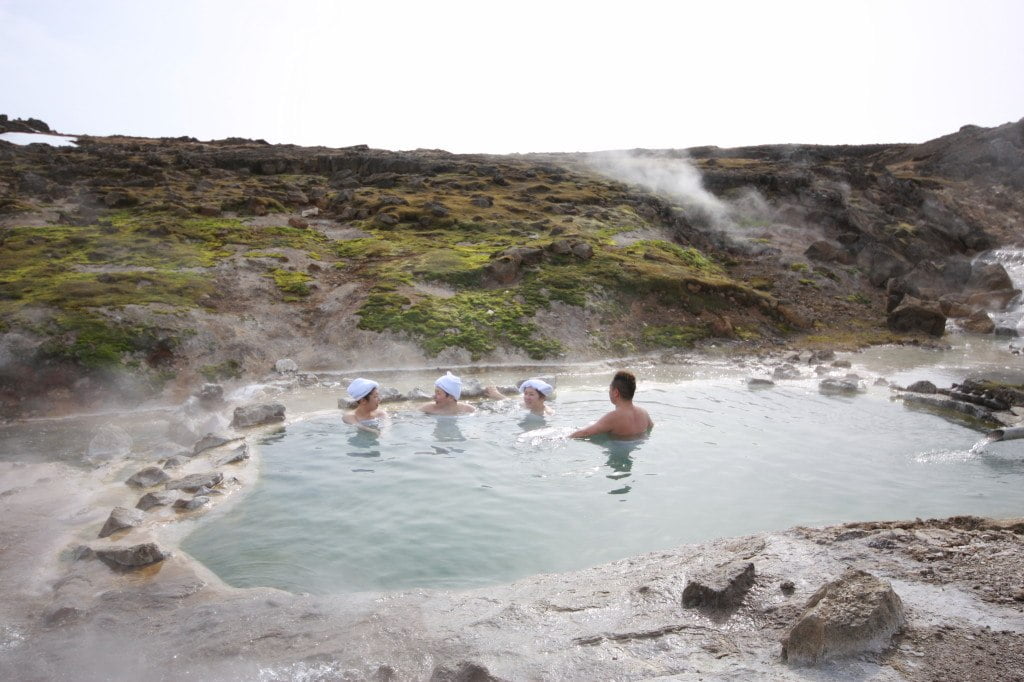



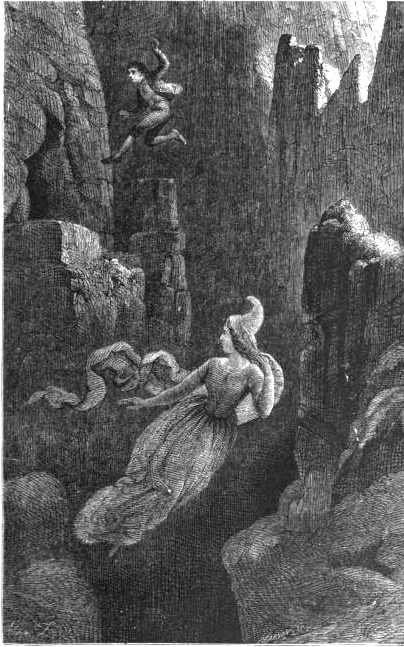





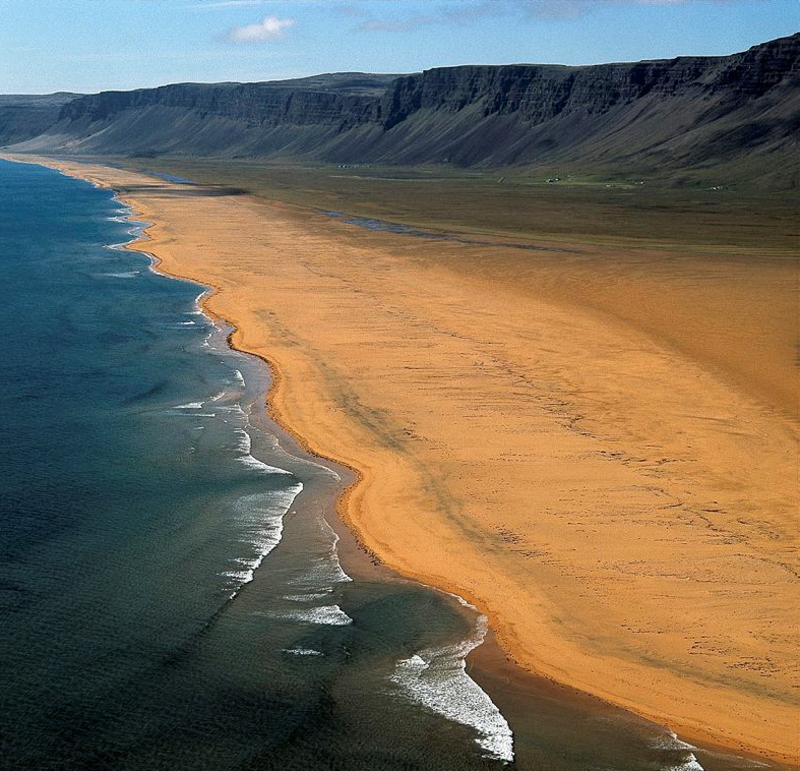

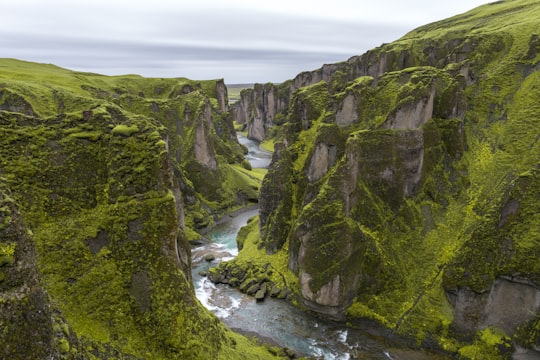

.png)